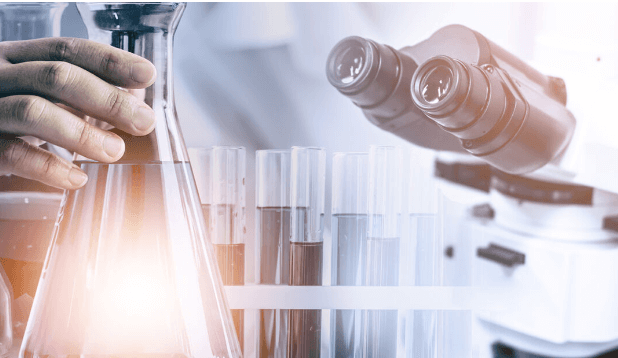Liquid Nitrogen: The Unsung Hero of Industrial and Laboratory Advancements

Have you ever wondered how specific industrial processes achieve such precise results? Or how laboratories maintain the highest standards of accuracy in their experiments? The answer often lies in the use of cryogenic liquid. This remarkable substance plays a crucial yet frequently overlooked role in various industrial and scientific applications. But what exactly makes cryogenic liquid so vital? And how does it contribute to advancements in these fields?
Cryogenic Hardening
Cryogenic hardening involves cooling metals to extremely low temperatures with liquid nitrogen. This process increases the metal’s strength and durability. It increases the metal’s resistance to wear and tear. Industries like aerospace and automotive depend on this to extend the lifespan of their components. With this process, achieving the same level of performance in critical applications would be easier.
Shrink Fitting
Shrink fitting uses this cryogenic liquid to cool and shrink metal parts. The temporary shrinkage allows for easier assembly. The parts are reduced in size just enough to fit into place. Once assembled, they return to their original size as they warm up.
The Importance of Precision in Assembly
As the parts return to room temperature, they expand and lock into place, creating a secure fit. This technique is crucial in industries where precision assembly is vital. By using a cryogenic liquid, tight fits are achieved without excessive force.
Applications in High-Performance Industries
This method is valuable in industries like aerospace and automotive, which require exacting standards. The ability to create precise fits with minimal effort reduces damage risk and enhances the overall quality of the final product.
Cryogenic Deflashing
This cryogenic liquid is essential in cryogenic deflashing, a process used for cleaning up rubber and plastic products. When exposed to this element, these materials become brittle. This brittleness is critical to the process as it makes the excess material, or flash, more accessible to remove.
Industries Benefiting from Cryogenic Deflashing
The result is smooth, high-quality products that meet rigorous standards. This process dramatically benefits industries producing consumer goods, medical devices, and electronics. By using cryogenic deflashing, these industries can ensure their products have clean, precise finishes essential for safety and performance.
Cryopreservation
This cryogenic liquid is crucial for cryopreservation in laboratories. This process involves freezing biological samples at ultra-low temperatures, ensuring that samples remain viable and undamaged over time. Cryopreservation is vital in medical research, fertility treatments, and biodiversity conservation. With this element, the long-term preservation of biological materials would be much more manageable.
Gas Chromatography
This cryogenic liquid plays a crucial role in gas chromatography. It serves as an inert carrier gas, transporting samples without reacting with them. This feature allows for precise separation and analysis of chemical compounds. Industries like pharmaceuticals and environmental testing rely on it for accurate results.
Controlled Cooling
This element provides controlled cooling, which is essential in many processes. It cools materials evenly and rapidly, preventing damage. This is critical in cryopreservation and metal treatment. Controlled cooling ensures that samples or components maintain their integrity. The ability to control cooling rates with such precision is a unique advantage.
Inert Nature
This cryogenic liquid inert nature means it does not react with most substances. This feature makes it safe for use in sensitive processes. Its inertness ensures that it can be used without altering materials. This feature property makes them a reliable tool in various applications. Whether in chemical processes or food preservation, its non-reactive nature is crucial.
Liquid nitrogen may not always be in the spotlight, but its impact on industrial and laboratory advancements is undeniable. From enhancing the strength of metals to preserving vital biological samples, it is the unsung hero that drives innovation forward. Its versatility and effectiveness make it an indispensable tool in many fields, ensuring that industries and laboratories advance with precision and reliability.





